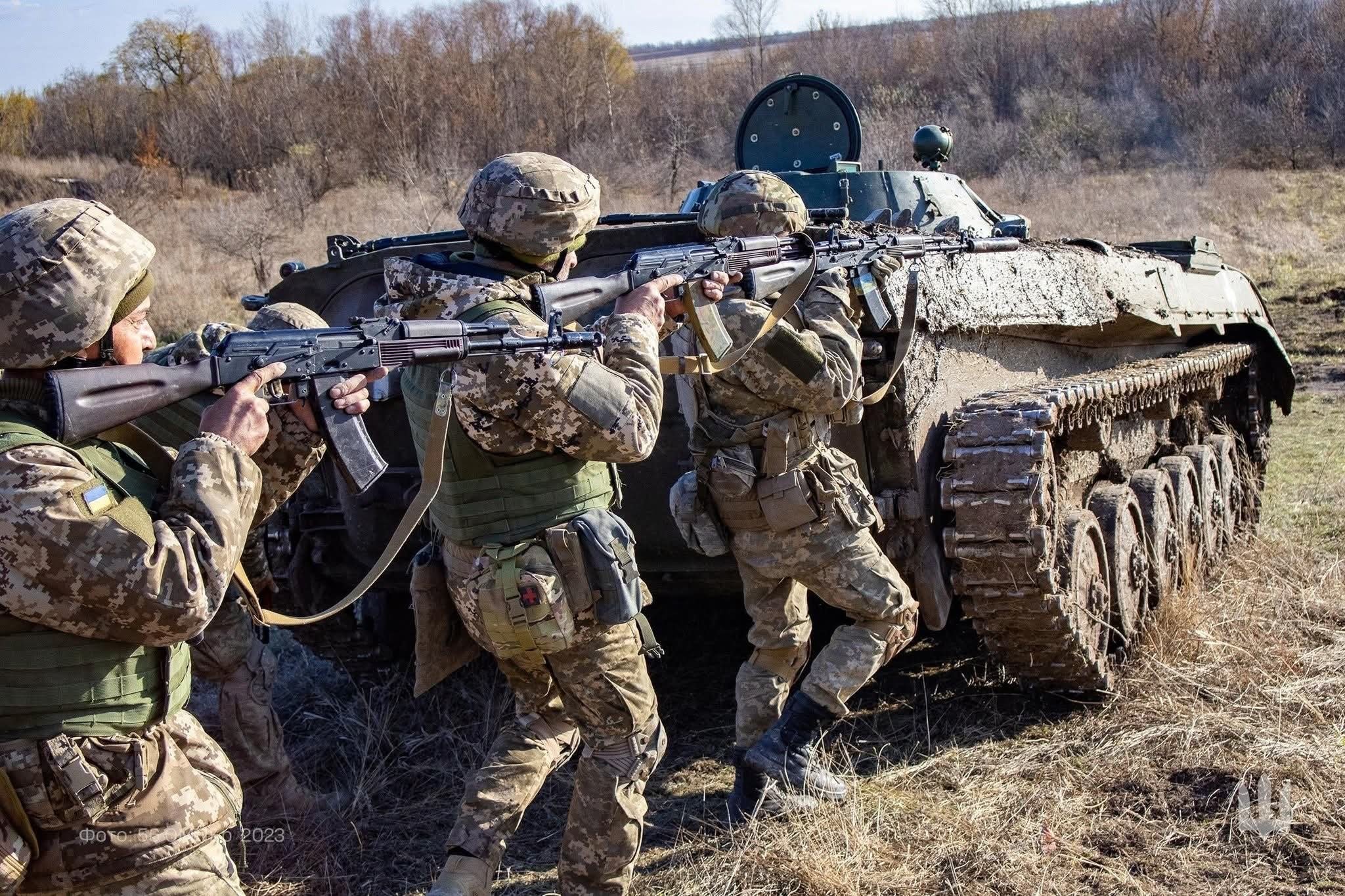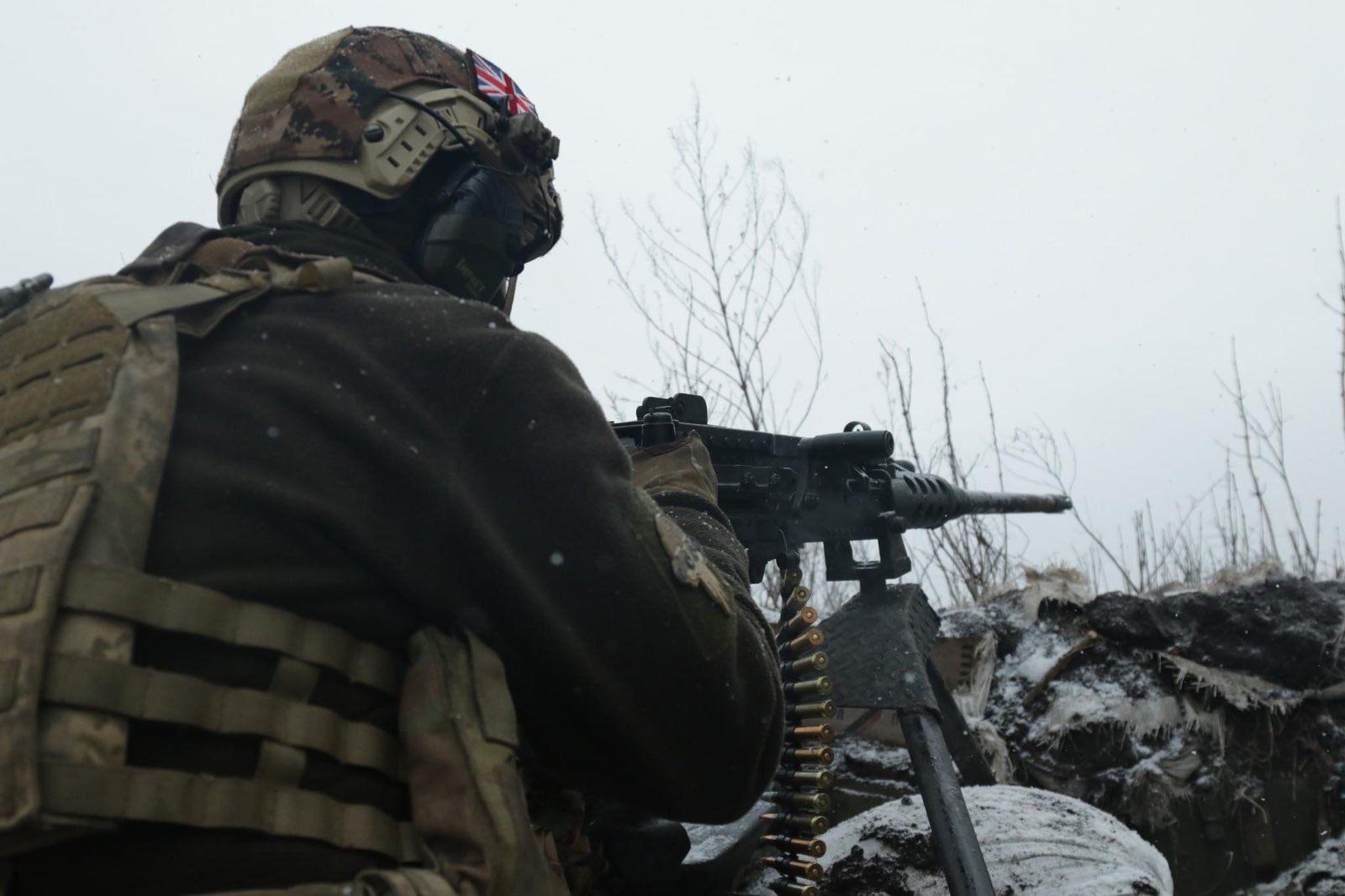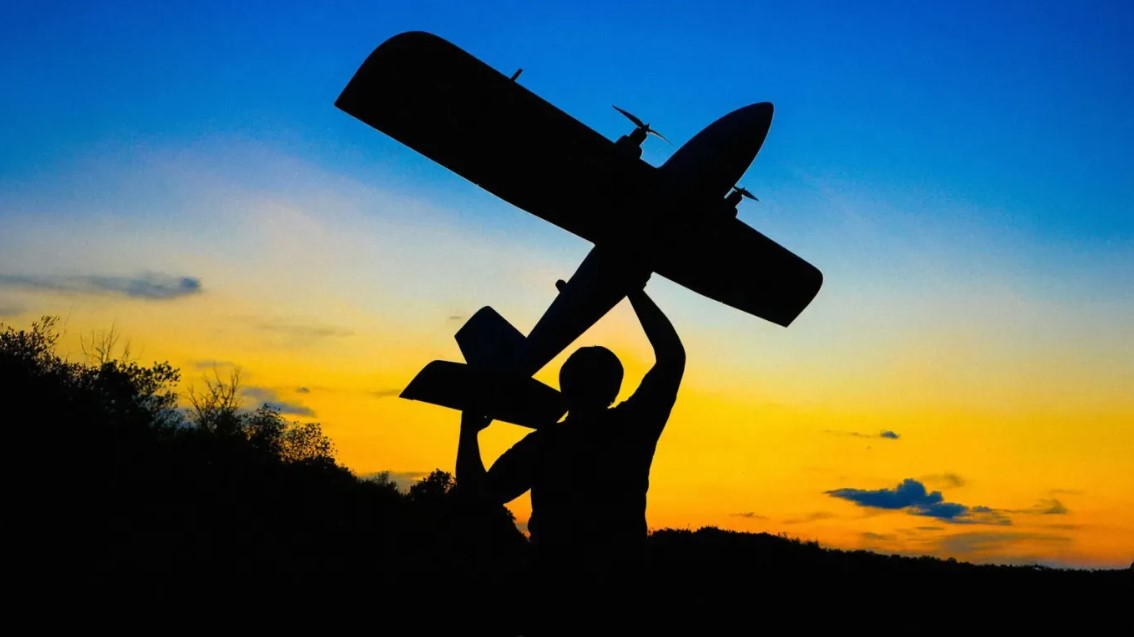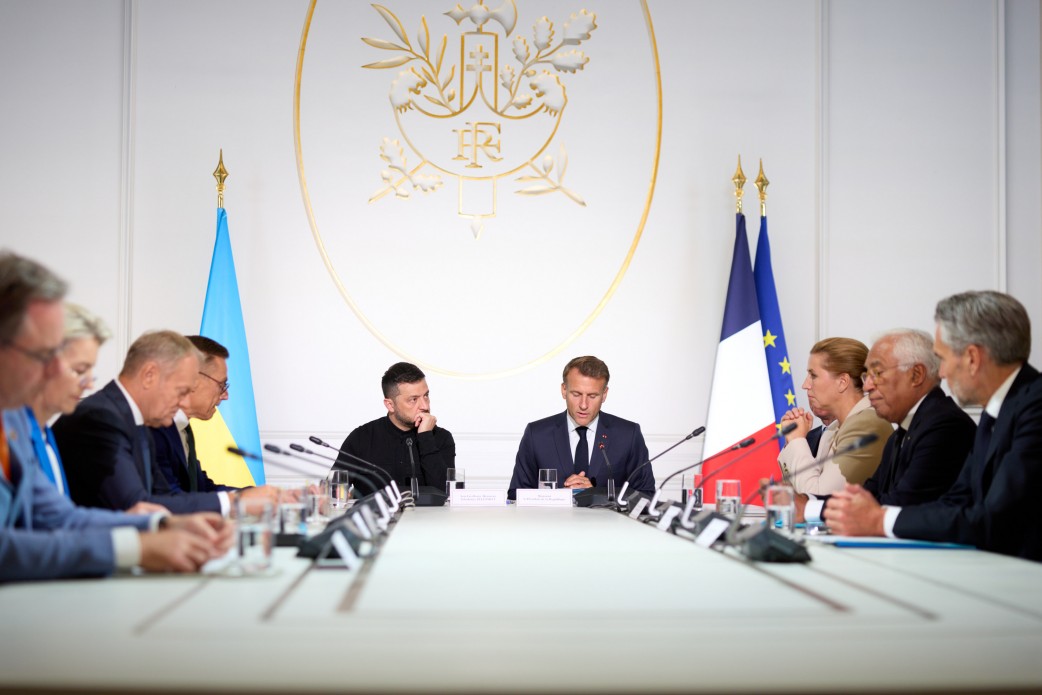Russian forces in the Kupiansk direction have changed their assault tactics, abandoning large-scale attacks with armored vehicles and instead deploying small infantry groups attempting to advance stealthily through wooded areas ("green zones").
This was reported on air by Viktor Petrovich, a communications officer from the 77th Separate Airmobile Brigade of the Ukrainian Armed Forces.
According to him, the last major assault involving about 20 armored vehicles took place five to six months ago. Currently, Russian troops operate in small groups of one or two fighters who run across fields or crawl through forest strips to avoid detection.
“They are essentially conducting a semi-sabotage war, hiding whenever possible. This is very dangerous because if they manage to pass unnoticed, they can cause significant damage,” the officer said.
Additionally, the Russian forces actively uses all types of drones: from attack Shahed and FPV fixed-wing types to loitering munitions like the Lancet and reconnaissance UAVs Orlan and Supercam. There have also been confirmed uses of fiber-optic drones, which complicate their detection.
He also confirmed that Russians sometimes use motorcycles for quick raids. The largest recorded group was seven motorcycles, but usually, these are groups of two to three, and the Russian forces has not achieved serious successes with such attacks.
Discussing the operational situation, Viktor Petrovich emphasized that the main goal of Russian forces in this direction is to break through several kilometers forward to gain the ability to strike Ukrainian crossings and logistical routes.
“We hold a salient beyond the river. If the enemy advances, it will be easier for them to control the crossings with fire and cut off our logistics. Our task is to prevent any advance, not even by one kilometer,” the officer concluded.





















